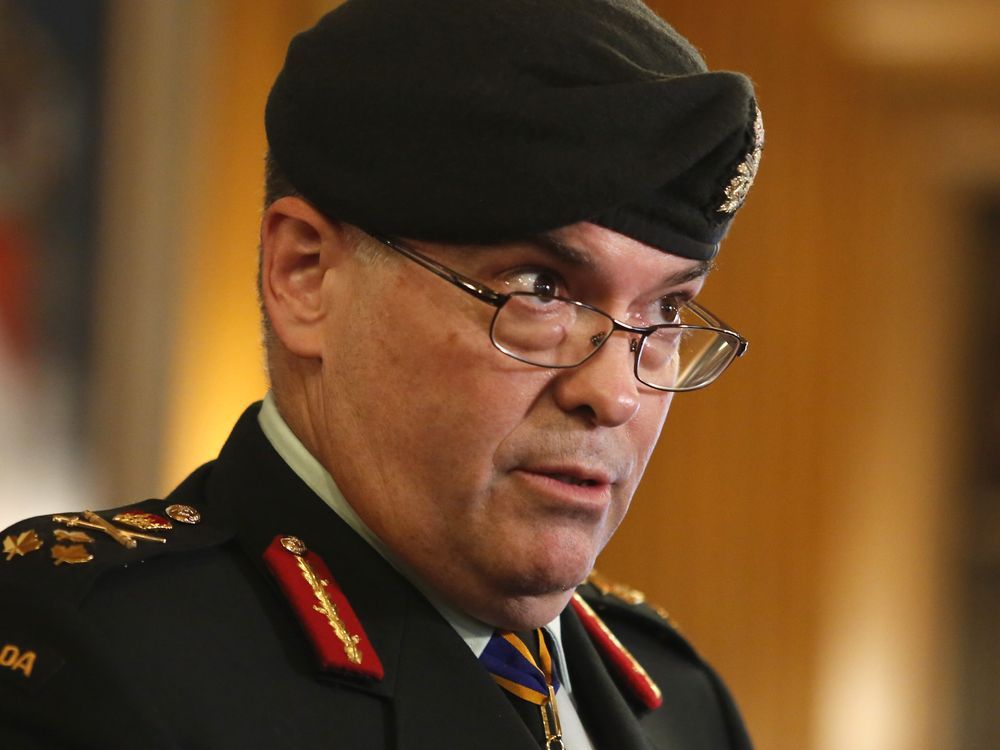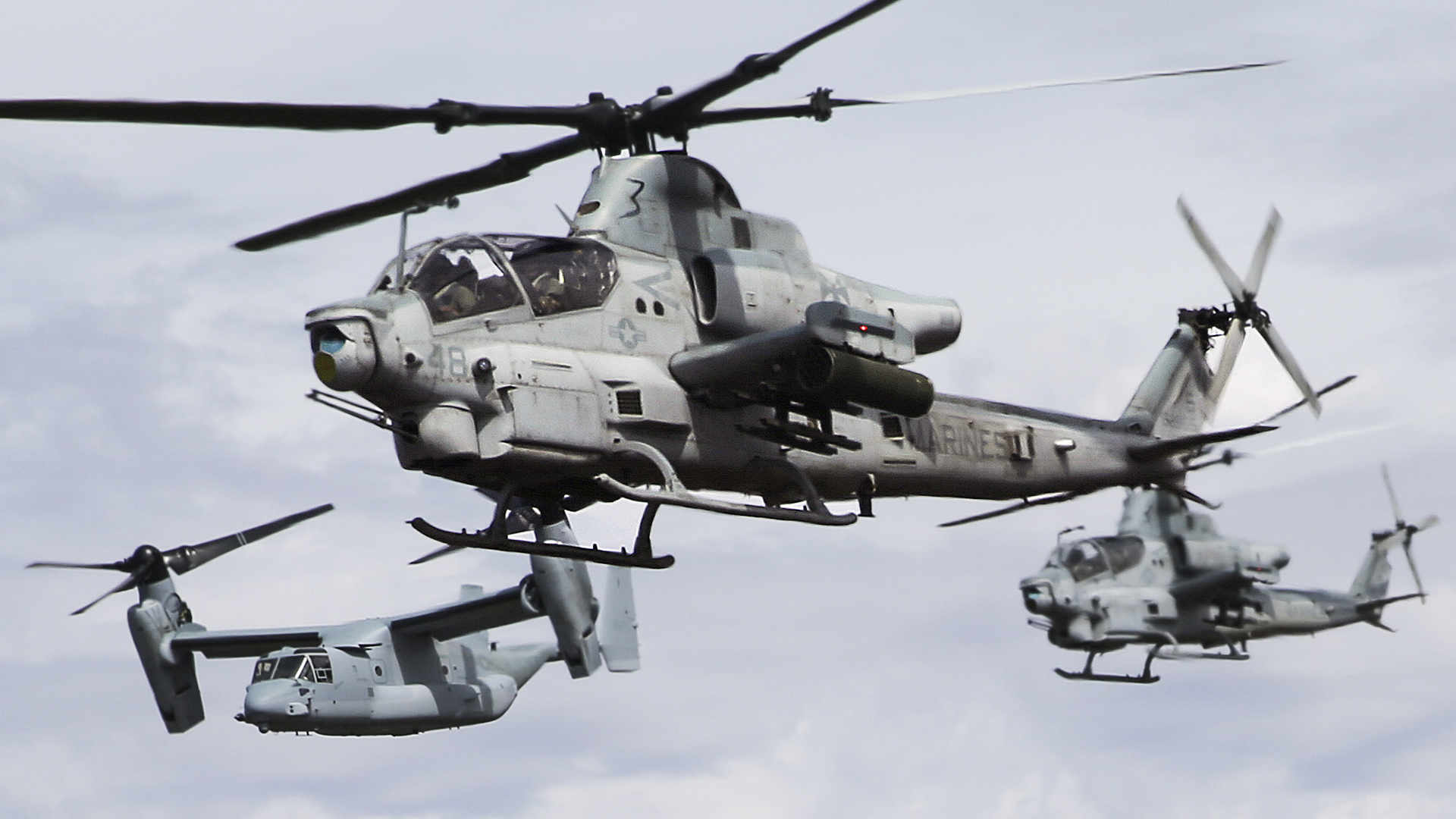FJAG
Army.ca Legend
- Reaction score
- 15,175
- Points
- 1,160
IMHO, its not that great for Europe either. My prime criteria for this establishment is to use the people and equipment we presently have. In effect we have no SBCTs nor ABCTs. We have three brigades structured on the BCT model with a tank regiment and two LAV infantry battalions as the manoeuvre elements. Plus inadequate artillery and cavalry. It's a mash up and basically there is only the equipment for two such brigades. One brigades worth forward deployed and one in Canada which are shared by three brigades worth of people (remember that the prepositioned brigade is equipment with some maintainers and a command staff only - its meant to be manned by the three Canadian brigades). The numbers are designed to ensure that they are sustainable (both in peace and war) and there is a hope that at some point in the future proper equipment will follow. Effectively as designed it is capable of sustaining one single deployed mechanized brigade which admittedly is targeted at Europe where our current military threat is.Where I do have the issue is with your basic overall force structure still focusing exclusively on unit types that are primarily suited for a European theatre of operations. You have one Mechanized Division consisting of 4 x Canadianized SBCTs (one forward deployed to Latvia) and a Light Infantry Division of 4 x Canadianized IBCTs. There is nothing here that is really suitable for the Indo-Pacific Theatre.
I'm generally equipment agnostic as to future equipment for both divisions for the time being. It's a given that we need better anti-armour and anti-air resources. I generally do not see the armoured regiment or infantry battalions needing to change much in number or structure - just the equipment they may end up with. I do see major possibilities for new types of cavalry and artillery based on new weapons development. I basically look at mortar platoons and arty battalions as having a future that will probably be a mixture of tubes, rockets, loitering things etc. I also see that with longer ranges and new systems, that cavalry units and artillery will be more connected at the hip to extend the fight forward of and in between the gaps of the traditional manoeuvre units.
I'm not ignoring China. I just don't feel confident enough to know or pontificate on where we fit in yet. I like the theory of a Multi-Domain Task Force. The US only has two targeted on the Indo-Pacific and I see a use for more. It's a high price for equipment and skills, however. Maybe beyond our Chevy budget.Again I'm not arguing that air and naval forces won't be the primary contributions to a conflict against China. However, unlike in Europe where the overall balance of military/economic/demographic strength massively favours NATO over Russia in any potential European conflict, the situation is NOT the same in the Indo-Pacific. That to my mind makes it even more important for us to find ways for the Army to contribute in any way it can to support the RCN and RCAF in a conflict with China.
As far as combat forces are concerned, that's where 2 Div's light battalions fit in for me.
It's a non-zero possibility.Let's take a look at likely scenarios for a NATO-Russia conflict in Europe. You have fully 1/2 of your proposed force structure (1 Mechanized Division) optimized for deterring Russia and fighting them if required. I think we both agree that the threat from Russia is highly unlikely that they will launch a conventional attack on NATO that realistically they have no real chance of winning:
The reason they won't make the thrust is if there is adequate deterrence there. The possibility of a land grab "a la Ukraine" is there for the former Western pact countries if deterrence is too weak.So let's say that we have our Canadian Mechanized Brigade in Latvia as a deterrent to Russia with the rest of 1 Division back in Canada to sustain/augment them if Russia actually does invade.
I think I can safely say that we are both in agreement that Russia is not going to "make another thrust across the German plains" in some kind of attempt to defeat the whole of NATO. They simply don't have the military capability. So I think we can also agree that any territorial ambitions that Russia has would be in either non-NATO nations or possibly in regions within NATO countries that have significant ethnic Russian minorities that they could exploit in order to expand their influence.
The Baltic states and parts of Poland, Slovakia, Romania, Bulgaria are possibilities depending on the Ukraine outcome. Don't think tomorrow. Think in a decade after the Russians have rebuilt and seeded the ground.Ukraine has shown that Russian military involvement in non-NATO countries is highly unlikely to illicit a direct military response by NATO. Other than Ukraine, what are the other non-NATO states in Europe that Russia might invade? Moldova is the most likely, but Russian forces would have to cross Ukraine to get there. How likely is that? Serbia, Bosnia, Kosovo? Russian forces would have to fly over NATO territory to get to any of these. The Caucuses (Georgia, Armenia, Azerbaijan)? We've already shown an unwillingness to have any direct military involvement there in the face of Russian military attacks. So that really leaves Russian influence in ethnic Russian areas of NATO countries.
I I think that your optimism (which NATO shared for a couple of decades) is dangerous. It's why Russia keeps nibbling away at the borders of neighbouring countries that no longer tow the Moscow line. Boots on the ground do more than deter Russia. They bolster the confidence of these little states that are at risk. I was in the room back in the early 00s when a Russian diplomat told us quite bluntly that if the Baltic States joined NATO "the tanks will roll". I believed him then and I do now. Russians have a different world view than we do. Moscow has control of the states security forces and media and make Trump look like a tyro when it comes to bald-faced lies.Is Russia going to simply launch a military invasion of Latvia in order to seize the portions of Latvia that have significant ethnic Russian minorities? Certainly that would trigger an Article 5 response by NATO. Do you have any doubt that NATO would be able to mobilize and retake that territory? Do you think that Russia would risk nuclear annihilation by using nukes to defend such seized territory? I don't think so. Any Russian attempts to expand their influence/territory into these ethnically Russian areas would have to be much more in the "Grey Zone".
Lets get real and pretend the Russians aren't a threat. Let's say we have a brigades worth of equipment sitting in Latvia and the tanks never role but other things happen. We then still have one brigade's worth of equipment and three brigade's of people in Canada to use as we see fit. If you leave one on standing watch for an opportunistic European deployment that leaves 1 brigade of equipment (and hopefully by then another brigades worth and two brigades worth of people able to man it. (over and above all the light forces in 2 Div) Nothing whatsoever stops you from targeting them on the Pacific. There are places where heavy forces are highly useful - Korea, Taiwan, Japan, even Australia. There utility isn't wasted but again gives the government the option to deploy a heavy brigade to the west, if it chooses to do so.So let's look at a possible alternate scenario for Russian activities against Latvia:
At what point along this continuum do we authorize our Mechanized Brigade Group to engage against the Latvian separatist forces?
- ethnic Russians begin street protests demanding language rights and certain areas of self-determination within Latvia
- strikes and protests by ethnic Russians become increasingly violent with street fights, molotov cocktails being thrown, etc.
- the Latvian government cracks down on protesters with arrests, raids, curfews, detentions, etc.
- ethnic Russian attacks against government forces escalate with protesters (aided by "little green men" from Russia and military type weapons crossing the border) including bombings of police stations, RPG attacks on police vehicles, sniper attacks, etc.
- the Latvian government moves military forces in to deal with protesters and declares martial law in the restive regions of the country
- pro-Russian Latvian forces seize key government buildings and declare an independent Republic
At what point along this continuum does Russian regular military forces crossing the border into Latvian territory NOT trigger an Article 5 NATO military response?
My guess is that we would not use Canadian forces at all against Latvians and that movement of Russian forces directly into Latvian territory (disputed or not) would definitely trigger an Article 5 NATO response.
So we have fully 1/2 of our force structure tailored for a series of scenarios where it is highly unlikely to actually be used while at the same time it's looking increasingly likely that there may be some kind of conflict in the Indo-Pacific for which we have 0% of our force structure designed to face.
That's the point though. At some point the CAF needs to put up a napkin force that makes sense. I never was a fan of managed readiness but admit its utility in Afghanistan when we were committing the better part of a brigade every six months out of a force that had been ravaged the decade before. Our force is ravaged again and the only solution that I see is better training and integration of part-time forces which, because of the limited training time available, requires a more focused regime then the all-singing and dancing thing that we have now. Russia isn't just a operational focus; its a means to an end to establish an organizational and training regime that brings the CAF to a higher level of capability within the current limitations.I'll say again though that I'm not proposing that we abandon NATO and "throw it under the bus" as has been suggested. Let's face it even under @FJAG proposed structure Canada is still a pretty minor proportion of the total NATO deterrence against Russia. Adjusting our force structure to also take into account a potential conflict with China is not going to make the difference between a strong and stable NATO and a renewed Warsaw Pact with all the Baltics, Ukraine and Eastern Poland all speaking Russian behind a new Iron Curtain.
I'm not going to put a Napkin Army here because I'm not sure yet what it might look like but I'd suggest that it could still include a Canadian Mechanized Brigade in Latvia (with the bulk of it being flyover forces) because I agree we need to keep a "Heavy" capability.
Let me assure you that Canada is not locked into a Cold War box. That was what Transformation and Advancing with Purpose was all about. To take the Army out of the Cold War box. It created two religious tribes in the Army - The Hillierians who basically disassembled our Cold War capability in an attempt to create an agile, mobile OOTW force that had to adapt as Afghanistan went along and those who said "hold on a minute; let's not throw out the baby with the bath water". I was firmly in the latter camp and watched in disgust as one capability after another was thrown under the bus. The fact that we still have some tanks is a minor miracle of circumstances and has nothing to do with a rationale plan.We also certainly need to keep a segment of our force that can be quickly transported by air in case of a crisis (either within Canada or elsewhere) but perhaps we need to examine what those forces might look like. Does that need to be a dedicated Light Infantry Brigade? Can dismounted LAV-based forces be deployed as an infantry component? Could CSOR fill that role? Are there other air-deployable types of forces that would be as useful/more useful than light infantry? AD, EW, Rocket Artillery?
All I'm saying is that our current thinking on force structures seems to be firmly locked in a Cold War box. We need mechanized forces to deter/fight the Russians and some Light Infantry to fill the gap in an emergency. We already have those basic building blocks and we just argue about how to shuffle them around (and put back in the enablers that have been lost to budget cuts over the years) rather than starting from first principles and asking what are our military challenges/objectives and what types of forces do we need to meet those.
Canada isn't even close to being in a Cold War box. Let me just say this. The first principle when of designing a force when you do not know what the challenge is that it has to face is to ensure that your force is balanced adequately to be able to meet (or at least participate) in every part of the conflict spectrum. For me that includes an overriding factor - we'll never be large enough to go on our own and we'll never go without the US so we might as well follow their lead to ensure that we fit as seamlessly as possible into their force structure. To me that means a Delta like SF, a Ranger-like special force, and at least one each (preferably two) of an ABCT, SBCT, IBCT, an artillery brigade, an aviation brigade, a sustainment brigade and what they now call a protection brigade with sufficient reserve force depth and at least one deployable division headquarters. That gives you the ability to go in any direction regardless of what you focus them on in peacetime. We currently have the manning to achieve that (RegF and ResF combined) and a good start on the equipment needed.
Basically you need to start the reorganization while you figure out the equipment you need. You can always fine tune the organization to serve the equipment once its decided on.
I really need to bow out of this thread for a while and get some work done.







